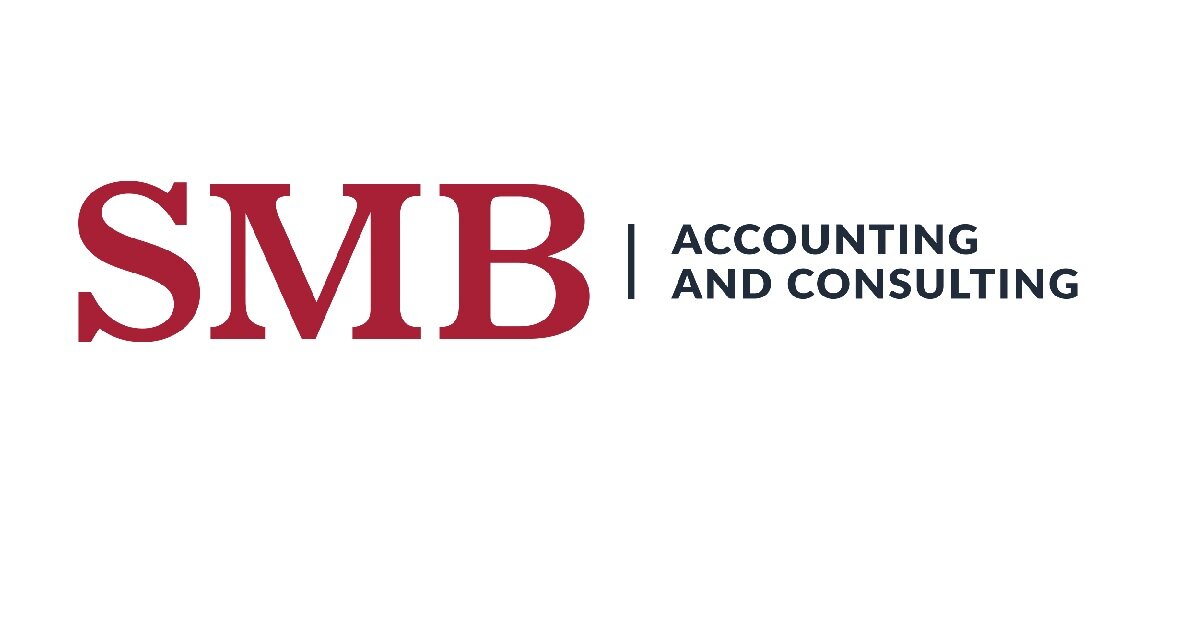Changes to Lease Accounting Rules (ASC 842)
New rules are going into effect for lease accounting which may change how small businesses who follow Generally Accepted Accounting Principles (GAAP) think about and reporting leases.
Under the old rules, financial reporting requirements were determined based on whether a contract was considered a capital or operating lease. Capital leases were leases of equipment or large assets. These were recorded like a loan. Operating leases were considered part of an operating expense like rent of a facility. For operating leases, a business could simply record the monthly rent payment when it’s paid each month. Future debt obligations of the operating lease did not have to be recorded on the balance sheet as a liability, even if the lease contract involved many years of payments. This was of benefit to business owners who preferred to have lower debt liabilities on their balance sheets. However, the true impact of a company’s future debt requirements was difficult to determine. This was the catalyst for the change.
The new lease accounting rules seek to make the impact ofleases more transparent within financial statements. Instead of using a capital versus operating lease classification to determine reporting requirements, the criteria are now based on whether a lease contract exists. A contract is a lease if it conveys the right to control the use of an identified asset (property, plant, or equipment) for a period of time. Control over the use of an asset means a customer has both
• The right to obtain substantially all the economic benefits from the use of the identified asset
• The right to direct the use of the asset.
Many leases are straightforward and easy to identify. However, this is not always the case when leased items are embedded with other contracted services. For instance, a firm providing security for a company may include charges for the use of security cameras within their service contract. The portion of the contract pertaining to these cameras would be considered a lease contract. In cases where leases are embedded in contracts, a business can elect to combine both lease and non-lease components together (and treat the entire contract as a lease) to simplify reporting requirements.
If a lease contract exists, a review of the following criteria would then need to be done to determine how a lease should be classified for reporting purposes:
1. Does the lessor transfer ownership of the underlying asset to the lessee by the end of the lease term?
2. Does the lessor grant the lessee an option to purchase the underlying asset that the lessee is reasonably certain to exercise?
3. Is the lease term for a major part of the remaining economic life of the underlying asset? Defining what is major is subjective, but 75% is considered reasonable. (Note: if the commencement date of the lease falls at or near the end of the economic life of the underlying asset, this criterion should not be used for determining lease classification)
4. Does the present value of the sum of the lease payments and any residual value guaranteed by the lessee equal or exceed substantially all the fair value of the underlying asset? (90% is considered a reasonable approach for defining what percentage substantially constitutes “all”)
5. Is the underlying asset of such a specialized nature that it is expected to have no alternative use to the lessor at the end of the lease term?
Under the new lease rules, if the answer to any of the above is yes, the debt obligations of the lease contract would need to be recognized as a liability on the balance sheet (calculated as the present value of all payments to be made) and amortized over the life of the contract. A corresponding “right of use” asset would also need to be recognized on the balance sheet.
There are two exceptions in which a business could elect not to follow these new lease rules:
• The lease is short term (12 months or less) and does not include an option to purchase the asset or extend the lease that a company is reasonably certain to exercise
• The lease is considered immaterial based on the net present value of its’ future lease payments (based on a minimum $ threshold policy set by the company). If leases are not significant, a company may disclose this in their financial footnotes.
The following leases are also exempt from the new rules:
• Leases of intangible assets (e.g., goodwill)
• Leases to explore or use non-renewable resources (e.g., oil, natural gas)
• Lease of biological assets (e.g., timber, livestock)
• Leases of inventory or assets under construction
Many small businesses do not evaluate their lease activities on a regular basis. Given the new lease accounting rules, these businesses may now need to determine whether the benefit of leasing outweighs those of buying. While the new lease accounting rules will make the impact of lease transactions more transparent, they may also cause liabilities of the business to rise, which could affect how financial results are viewed by outside parties.
Sources:
Lease Query: Five Tips for Small Business Lease Accounting
CPA Hall Talk: How to Understand the New Lease Accounting Standard
HWA Alliance of CPA Firms, Inc.: Summary of Changes under ASC 842: Become Compliant with New Lease Accounting Standards
LeaseCrunch: A comprehensive guide to the New Lease Standard
Clark Number: Short List of New GAAP Accounting Standards Effective in 2022
Strategic Finance: The New Lease Accounting Rules and Small Business

